Time of great concern!
- Pakistan produces almost 9% of the world's cotton production.
1. Pakistan produces almost 9% of the world's cotton production.
2. Pakistan produces 2.4% of the garments produced in the world.
3. 67% of the foreign exchange revenue is earned by the exports of textile products.
4. These products make 33% of the total exports of Pakistan.
5. For example if a bale of cotton is exported for EU 100.00. The garments produced from a bale of cotton would yield EU 1300.00.
6. 30% of the labour force is employed in the textile and garments industry of Pakistan.
7. If EU 700.00 million are invested in a spinning mill, it would create an estimated employment for 30,000 people. If the same amount is invested in garments industry, it would create employment for 600,000 people.
A. European Union (EU) has re-imposed an import duty of 12% on Pakistani exporters which was removed post 9/11.
B. GSP benefits no longer apply to Pakistani products exported to EU.
C. Some Pakistani products have been enforced with anti-dumping duties.
Pakistan has been blessed with a lot of natural resources and cotton is one of them and abundant man power which is more than willing to work hard for their living. Textile products especially garment are demanded in every part of the world, but we have limited ourselves to few countries and only a few categories of garments. Consider America and EU for example, they allotted more than sufficient quota for Pakistan but other than a few categories, the quota was only partially utilised and the remaining was wasted every year. Never has any Govt. department including the Export Promotion Bureau (EPB) put in a little effort to investigate the utilisation of quota.
The quota was allotted only because the need was felt to do so, but unfortunately, only a few categories were focused upon, those largely dominated by the mafia earning them large amounts of money. No one paid heed to the adverse effect it would cause.
For example, a few years ago there were plenty of orders for shirts (category 8) from the EU. But the mafia raised the price of quota to the extent that it became impossible for us to compete with other countries resulting in the decline of exports of shirts year after year. In the year 2004, only 32.59% of quota was utilised in this category.
The question now raised is that why in spite of excellent cotton produced in Pakistan and such abundance of man power, our garment industry lacks behind those of other countries? If we see the EU import figures, China, Turkey, Romania, Bangladesh, Tunis, India, Hong Kong, Poland and Indonesia all precede Pakistan in the list of exporters to the EU.
In Bangladesh, garment industry developed in the 1990s and now is 90% of the country's export revenue earned in foreign exchange, despite the fact that they import most of materials used. Currently, Dubai, Jordan and Muscat are also developing their garment sector which include some Pakistani companies as well. There has to be a reason why Pakistan is no longer their preference.
Our country's bad luck is that no research is carried out before beginning any project. Will the export increase by creating a garments city? Certainly not! Garment Industry in Pakistan is already producing below its capacity. Why? This question needs to be answered.
Keeping in mind the production of cotton, our garments export should increase threefold. This would help better the economic and unemployment conditions. But this would only happen if backed up by sound planning, which has to be based on the experiences, observations and problems of the small industrialists.


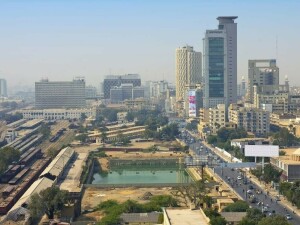


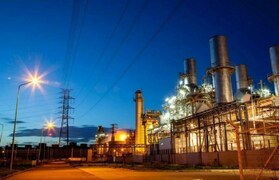






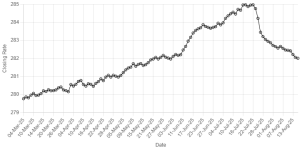

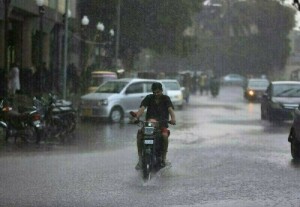
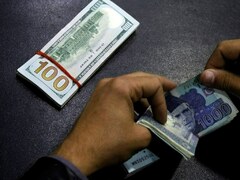
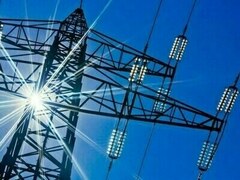


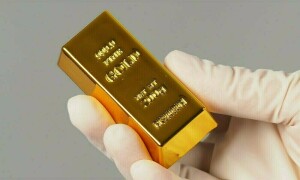
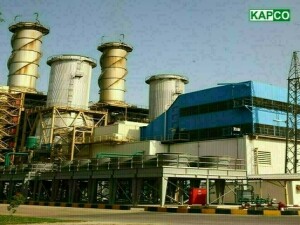

Comments
Comments are closed.